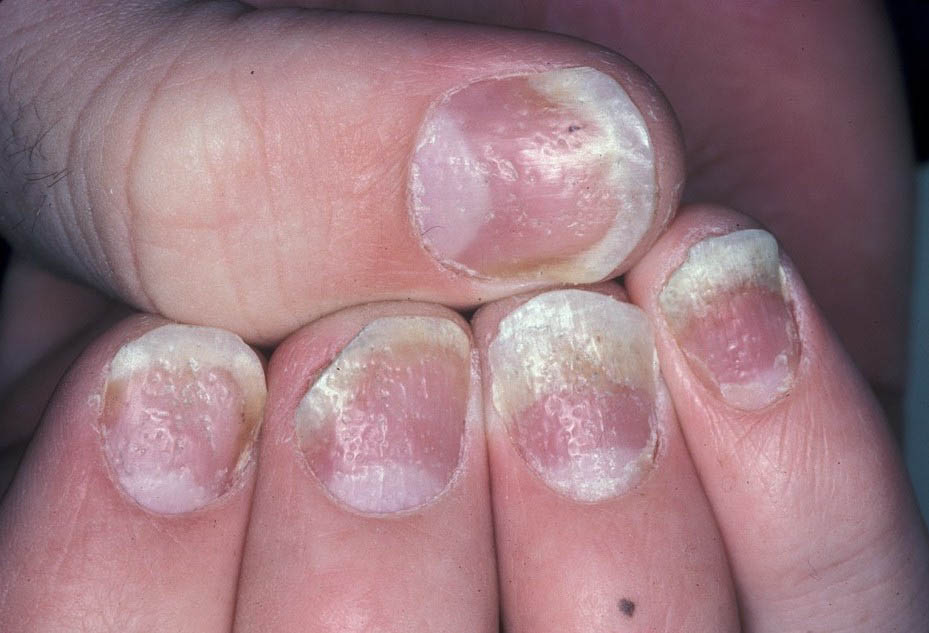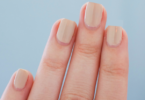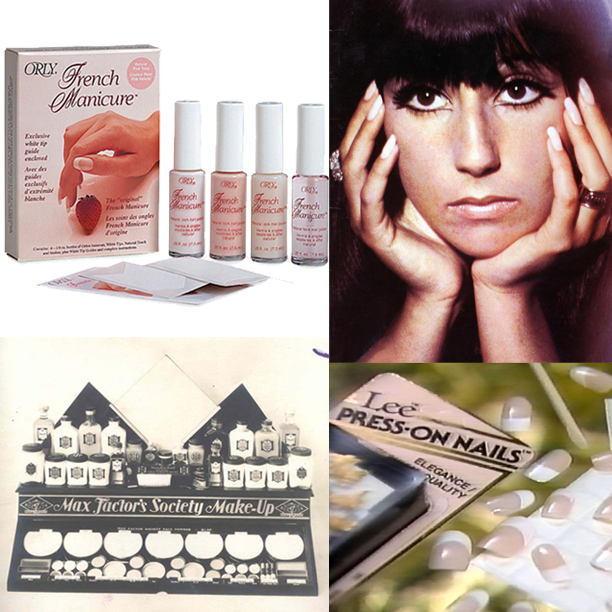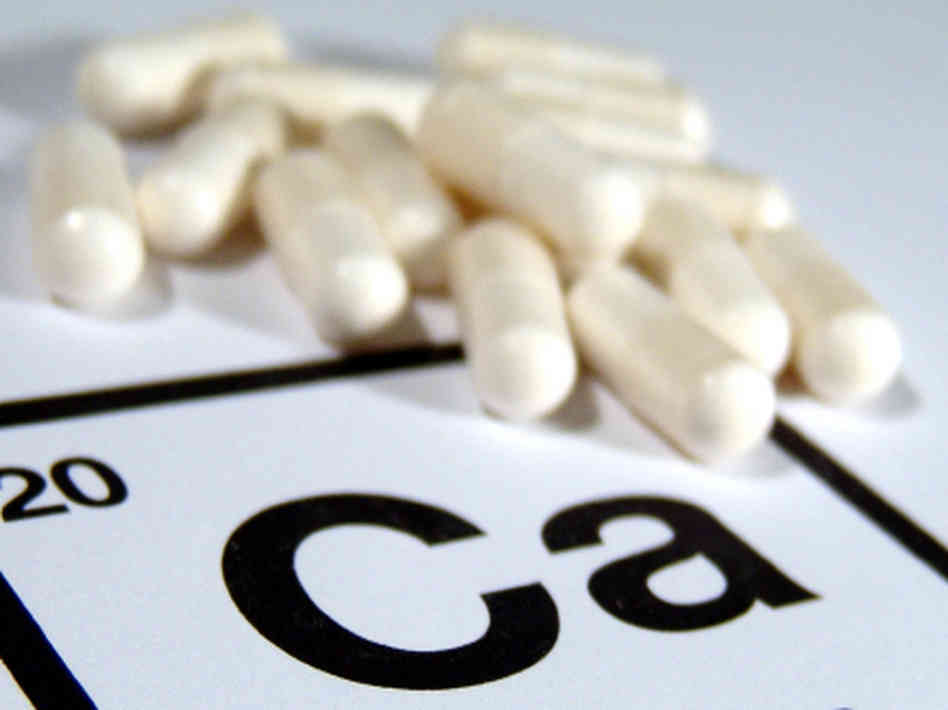What it looks like and what you can do…
Did you know your finger and toenails can tell you what’s going on inside your body? When you’re healthy, your nails reflect that good health. If there are problems with your internal functions (organs, nervous system, immune system, etc.), you’ll notice it on your finger and toenails.
Psoriasis is a fairly severe autoimmune disorder, one that causes your skin to break out in red, scaly, raised patches. But it can also spread to your finger and toenails. Nail psoriasis is a surprisingly common complication of the skin disorder. The psoriasis can affect your nails, causing them to:
- Change color, turning to a yellow, green, brown, or even cause small white or red spots to appear beneath the nail.
- Thicken with a build-up of chalky white material that gathers underneath the nail. This build-up can actually push the nail away from your skin, causing pain. The thickening may also be the result of a fungal infection.
- Change in appearance, with grooves, ridges, or even pitting forming on the surface of the nail.
- Separation, where your nails loosen or separate from the nail bed.
Pretty scary, right? Your beautiful fingernails end up suffering because of the pesky autoimmune disorder that affects your skin.
Thankfully, it’s possibly to combat and treat nail psoriasis. The first step is taking care of your fingernails. Proper nail care keeps your fingernails healthy, preventing the psoriasis and fungal infections from causing problems.
Always keep your nails nicely trimmed—short, but not too short. Use a nail file to smooth out the edges of the nails. This will reduce the risk of the sharp edges cutting the skin beside your nails (which can lead to fungal infections). If you work with your hands, make sure to wear gloves when you work. Use rubber gloves to clean or wash dishes. Keep your nails and cuticles hydrated by moisturizing them at the end of every day. For your toenails, make sure your shoes aren’t too tight. Shoes that are very tight can press your toenails together and increase the risk of infection.
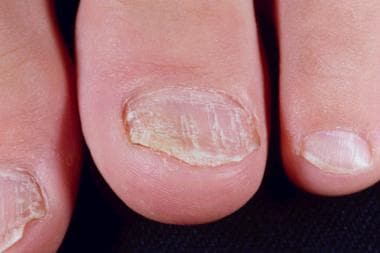
READ MORE: 8 Nail Health Facts You Need to Know
It’s smart to use nail polish or varnish to protect your nails from problems. However, be warned: the chemicals in the nail products may irritate your skin or nails. Ask your doctor for solutions on how to improve your nail health.
If you’re suffering from nail psoriasis, there’s good news: it can be treated.
Light therapy, or phototherapy, uses UV light to treat not only psoriasis of the skin, but also the nails.
Medicines like Sandimmune and Soriatane work in your entire body, reducing the autoimmune response that is causing the psoriasis.
Biologics, or drugs that target specific parts of your immune system, can reduce psoriasis of the skin and nails.
Injections of corticosteroids can provide a more direct solution for dealing with specific patches of psoriasis. The injections will be applied every 2 to 9 months, and may be able to prevent the flare-ups.
Topical drugs like Vitamin D, corticosteroids, and retinoid creams may be able to deal with the nail infection and psoriasis directly. You simply apply the medications directly to the affected area.
Nail psoriasis can be unsightly and even painful, but it’s not the end. You can still have beautiful, healthy nails. It will just take a bit of time and effort to improve your nail health and treat the problem at its source. The autoimmune disorder can be severe and persistent, but there is life with psoriasis!

